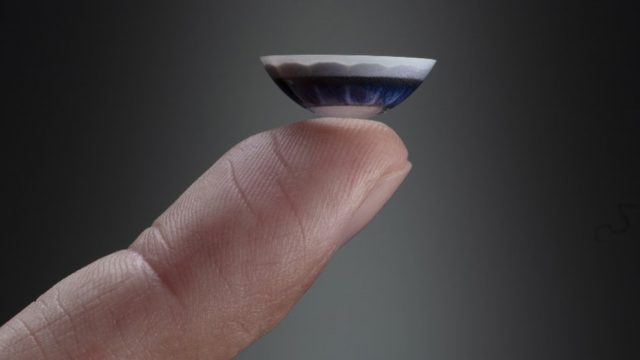Mojo Vision announced it has raised more than $51 million in a Series B-1 investment round, something the company says will be used for further development on Mojo Lens, its smart contact lens.
The company’s latest funding round was led by New Enterprise Associates, and includes participation by Gradient Ventures, Khosla Ventures, Liberty Global Ventures, Struck Capital, Dolby Family Ventures, Motorola Solutions Venture Capital, Fusion Fund, Intellectus Partners, KDDI Open Innovation Fund, Numbase Group, InFocus Capital Partners, and others.
Dr. Greg Papadopoulos, PhD, venture partner at New Enterprise Associates, will join Mojo Vision’s board of directors.
The latest funding round brings Mojo Vision’s total funding to more than $159 million, with its penultimate round to date netting the company $58 million in March 2019.
Back at CES 2020 in January, Mojo announced that it was building its smart contact lens with built-in display, Mojo Lens. Although the company admitted then that it was still years away from commercialization for consumers, Mojo is first planning to use its contacts for the visually impaired. Applications include real-time contrast and scene enhancement, something the company says will make navigation, obstacle avoidance, and personal interactions easier for the visually impaired.
“The unveiling of the details of our product development earlier this year has generated increased excitement and momentum around the potential of Mojo Lens,” said Mojo Vision CEO and co-founder Drew Perkins. “This new round of funding brings more support and capital from strategic investors and companies to help us continue our breakthrough technology development. It gets us closer to bringing the benefits of Mojo Lens to people with vision impairments, to enterprises and eventually, consumers.”
The smart contact lens is still in development, however Fast Company reported in January that Mojo Lens squeezes 70,000 pixels into less than half a millimeter, a green monochrome microLED served up directly to the eye’s fovea. Although it’s not an augmented reality system as such, the company seems to be making serious inroads to creating a truly wearable heads-up display (HUD), similar to Google Glass in function as opposed to an AR headset such as Microsoft’s HoloLens.


